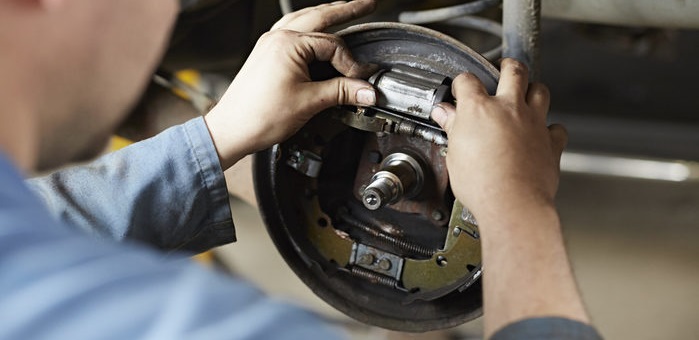Cars Release More Than Exhaust Fumes - Study
- Nov-2025, 19:15
- 0 Comments
- 5 Views

Air pollution causes around seven million premature deaths worldwide every year. While diesel exhaust is often blamed as one of the main sources of urban air pollution, new research reveals that brake dust may actually be even more dangerous for human lungs.
Scientists refer to the particles released by brake pads, tires, and road surfaces as non-exhaust emissions. In many European cities, these particles have now become a bigger problem than exhaust fumes – yet, unlike exhaust gases, they remain unregulated.

Photo: Getty Images
A recent study recreated a model of human lung tissue to measure the effects of brake dust compared to diesel exhaust. The results were alarming: brake dust caused stronger cellular damage, triggering biological reactions linked to asthma, lung cancer, and other chronic diseases.
Researchers discovered that copper – a common metal used in brake pads – is largely responsible for this toxicity. When copper was removed, the dust became far less harmful. Despite this, most international transport laws still focus only on exhaust emissions.
Historically, brake pads contained asbestos, later replaced by non-asbestos organic (NAO) materials. The study showed that NAO brake dust is particularly toxic – even more than diesel exhaust. Metals like copper penetrate lung cells and may lead to long-term respiratory problems, including pulmonary fibrosis and chronic obstructive pulmonary disease (COPD).
While electric vehicles (EVs) reduce exhaust pollution, they don’t eliminate non-exhaust dust. Because EVs are often heavier than conventional cars, they can produce even more brake and tire dust. Although regenerative braking helps, friction brakes are still needed and still create pollution.
The new Euro 7 standards, expected to take effect in November 2026, will include limits on brake dust emissions – an important step toward cleaner transport. In the U.S., states like California and Washington have already passed laws to reduce copper in brakes, mainly to protect water ecosystems.
This study highlights a simple but vital truth: no form of air pollution is safe.
As the world transitions to electric mobility, both exhaust and non-exhaust emissions must be addressed equally to truly achieve clean air.